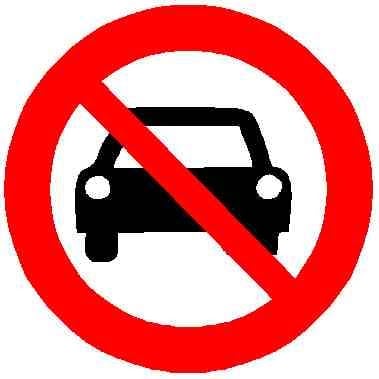I love the concept of the acela and I have always wanted to ride it but anytime I try to book a ride a few things always put me off.
- It is sooo expensive. A ticket costs anywhere from 120 to 350 dollars.
- The travel time is still 4 hours which means the track speed is slow. It’s ~220 mi from Boston to New York. So the travel time should be at most 3 hours.
- Now if I want to take the acela I have to drive from my home to Boston south station which is 40 minutes away. Or i take the commuter and then the T (Boston metro) which takes 1.5 hours.
It takes 4 hours and a half tank of gas (~$35) to take me and my family to New York City. So there’s literally no reason for me to pay hundreds of dollars to take the train. We usually just park up in a garage in the city and use the subway once we get there and even that ends up being just a fraction of the cost of taking the acela.
Did they fix the track to actually use the speed?
Isn’t most of NE Corridor is some pathetic 80mph
Almost feels on purpose… God forbid train is better than a plane.
The regional train is about 30 minutes slower between NYC and Boston than Acela. Disappointing.
Top speed at 160 mph (approx 250 kmh). Not bad, US. Could be better but not bad. I couldn’t find specifics on how much faster the travel would get, but considering my personal and anecdotal experience with Amtrack, any new train is welcome.
tracks in the US usually have freight heavy rail on them, anyways, so you’ll probably get 4 minutes at that speed before travelling 40mph for the rest of the trip. :/
The trains in article are the new high speed Acela trains that run on the northeast corridor. The northeast corridor is an electrified high speed rail corridor owned jointly by Amtrak and various state DOTs.
What you describe is the case for over 90% of Amtrak’s network, but these trains are specifically made for the one section where that doesn’t happen.
NEC corridor is not high-speed. The end-end average speed is only 70mph, which is pretty middling even for conventional rail.
Every source that I have found calls it a high speed rail. From checking openrailwaymap, the track speeds for most of the corridor are well above 100 mph. It is high speed rail. It’s one of the worst high speed rail corridors in need of improvement, but it’s still high speed rail.
According to the bog-standard UIC definition, HSR requires dedicated HSL running generally at 155+mph. UIC has a second definition that does allow for upgraded conventional lines running generally at 125mph in corridors without air competition. Acela meets neither of these metrics.
Even aside from the air competition issue, Acela’s general overall speed is not over 125mph or even 100mph due to all the slow sections. For example:

aaahhh, okay; thank you! i am on the west cost where all trains go as fast as heavy freight, heh.
Not sure how much faster a DC - New York - Boston route would even need to be. They’re making other stops along the way, so it’s not like they can even spend that much time at max speed.
Now, LA - Vegas is a different story.
In Europe, fast trains have a max speed of 300 or even 350 (except Germany…), it doesn’t take long to accelerate. But the other commenter pointing out shared tracks with freight trains is on point. Having a higher max speed that you never reach is not going to be useful, that’s why I was wondering how much time is actually saved with these new trains
A new era of high-speed rail to begin between Boston and Washington, DC
Looks like they have reasonable height windows, unlike the weird little slit windows that Amtrak typically has for some reason. I’ve always assumed it’s to minimize greenhouse effects, because maybe nobody was able to imagine blinds or heat-reflective glass used elsewhere.
While Amtrak trains always seem crude and old fashioned compared to modern trains in other countries, one thing they’ve always been is very comfortable and spacious. I’m a little concerned by 27% more seats - is that the end of the generous space?
I’m probably unlikely to find out for a while, because faced with the usually dramatically higher prices for ~20% shorter journey times, I usually choose the cheaper, slightly slower standard Amtrak service instead of Acela. It’s a testament to the benefits of rail that even the rickety slow Amtrak trains are often still a good option for the few journeys they serve.
They are replacing both of them? Bold…



